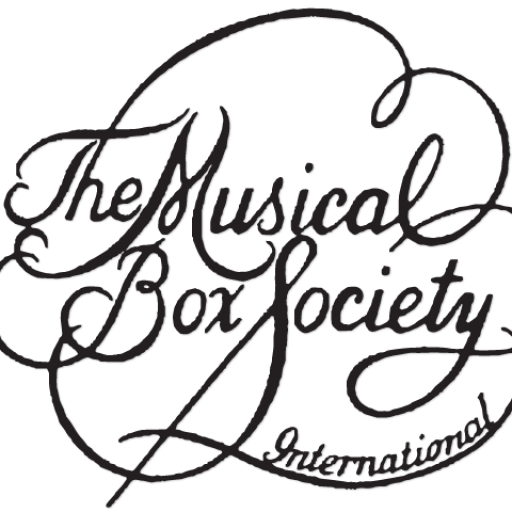The explanation of the terms listed below refer to their usage in the field of Mechanical Music. Many of the descriptions are from the book The Golden Age of Automatic Musical Instruments by MBSI member Arthur A. Reblitz, published by the Mechanical Music Press, Woodsville, New Hampshire; copyright 2001. They are used here with permission of the author and publisher. Permission is granted for writers to use a limited number of brief excerpts provided credit is given to the MBSI web site, the title of the original work and the author. Written permission is required for all other uses. German nouns and words that are also names of places are capitalized.
Walze;
plural: Walzen. German term for barrel.
Waldfl Ote Pipe
German term meaning "forest flute," used by Welte for an open wood flute pipe, very imitative of the orchestral instrument. An important voice in many Welte orchestrions often characterized by a wedge-shaped cap forming the lower lip of the mouth, and a round hole forming the upper lip.
Wallbox
Small box with a coin slot, connected to an electric piano, orchestrion or jukebox by wires. When a coin is deposited, an electrical contact is made which causes the instrument to play. An effective way of providing many coin slots throughout a business establishment, thus increasing the receipts of a single instrument. European coin pianos and orchestrions were rarely equipped with built-in coin slots but almost always contained electrically-actuated start mechanisms; a single wallbox was often attached to the outside of the case of such an instrument, or on a nearby wall.
Water Motor
Water-driven motor, connected to a water main, used mainly 1870-1905 to power automatic instruments in a time when electricity was not available in many areas.
Weight Drive
Power system used to operate organ clocks, early barrel orchestrions, and other instruments. A heavy weight (several hundred pounds or more in large instruments) is wound up to near the top of the instrument. As it falls, it powers the instrument through an escapement.
Wind Chest
See pipe chest.
Wind Motor
Suction-operated (or rarely, pressure-operated) motor used for turning music rolls, or for other devices. * Synonyms: air motor, vacuum motor.
Wind Pressure
Pressure, usually measured in inches or in centimeters of water, of air used to operate pipes or pressure-operated pneumatic actions. Refer to definition of "pipe" for further information.
Wonder Light
Wurlitzer's term for a rotating jeweled ball, illuminated with a light bulb in the center, and surrounded by a segmented mirror cone. Used as a decorative effect on certain coin piano, orchestrion, and organ cabinets. A popular feature in many models of Wurlitzer orchestrions.
Wood Block
Hardwood block, usually hollow or with a cavity, struck by a hard beater. A popular effect of dance band drummers during the acoustic recording era, as it produced prominent syncopated accents that could be heard in early recordings better than the snare drum could. Very popular in orchestrions during this same era. The piccolo wood block is much smaller and produces a very loud high-pitched tone. * Synonyms: Chinese block, Indian block, wood drum. * Dutch: jazzblokjes, blok. * German: Holz Trommel.
Woodwind
Family of musical instruments including the piccolo, flute, clarinet, oboe, saxophone, bassoon, and other instruments (as opposed to the brass, string, and percussion families).
Worm
See endless screw.
Worm Wheel
See Second wheel.
